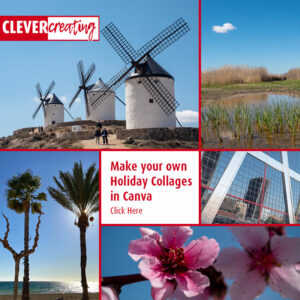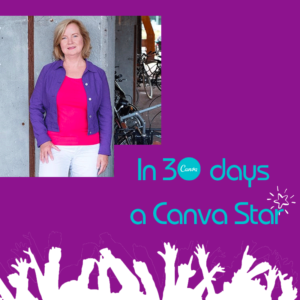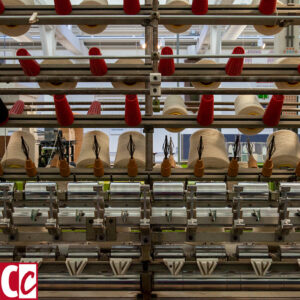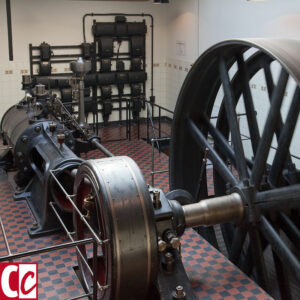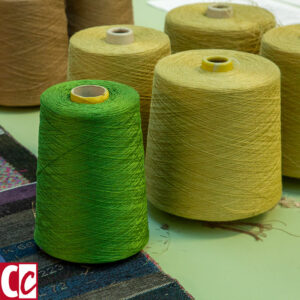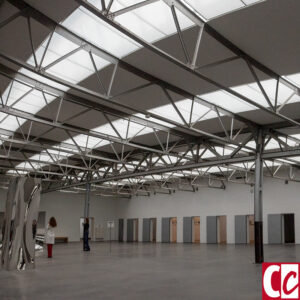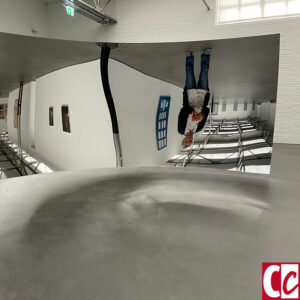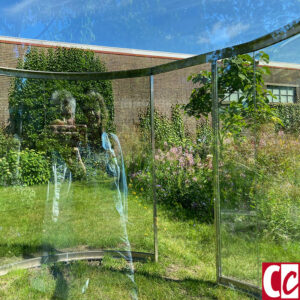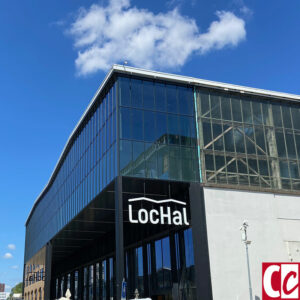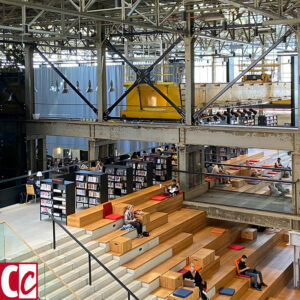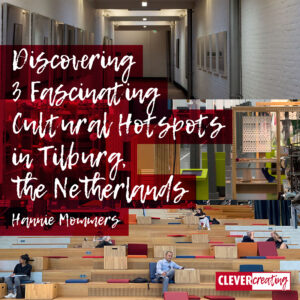
In the 70s I studied and lived in Tilburg. It was hardly a bustling city then. Empty factories and unstructured plans for the town and its inhabitants. A grey impression.
Later I worked as a graphic designer for the municipality of Tilburg and saw the efforts being made to improve the town. Often together with the residents in seminars and workshops.
Nowadays, there is much to experience in the city, especially in the cultural field. Factories and other empty buildings have been refurbished and given a cultural destination.
Some of the links are affiliate links. As an affiliate associate, I earn a small commission when you purchase any of the products offered through the shared links at no extra cost to you. This helps me to maintain this website and I thank you for supporting me.
Table of Contents
Cultural hotspots in Tilburg
My favourite hotspots are Museum De Pont, TextielMuseum, and LocHal because they are in the city’s centre and near the train station. Which makes them easily accessible for tourists.
From 19th century industry to modern hipness
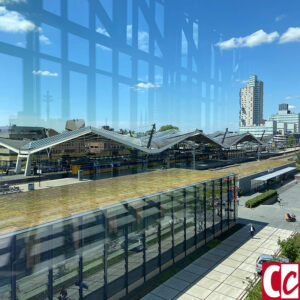
In the past, urine was used to wash and dye wool. A smelly job because the urine had to be old and was heated up as well.
Tilburg was a textile city. It is said that the workers kept their urine in jars and sold it to the textile barons, the owners of the factories.
This is how the residents of Tilburg got their name: the Kruikenzeikers. Zeiken is a less attractive word for peeing and a Kruik is a jug or jar.
In the 60s, the decline of the textile industry began. Production was moved to low-wage countries so the industry disappeared from the city and the buildings were left empty.
Textielmuseum, a former textile factory
When the Mommers factory was closed, small goods were sold as much as possible. Together with a college friend, I went to have a look and bought spools of wool and enamel lamps.
The interior surroundings were barely lit and the atmosphere was faded glory, even gloomy. Even then I thought it was fantastic to wander through the halls and look at the machines and the supplies.
The firm of C. Mommers & Co.
On a side note: my father was called Cees Mommers, making me very curious back then if I was related to the textile baron Christiaan.
I am not. 🙂
I traced our family tree back to the 17th century. My ancestors were farmers, who lived their whole lives in West Brabant on the sandy soil. Tilburg is located in central Brabant.
More than a museum
In 1985 the TextielMuseum was moved to the Mommers factory. In the course of time, renovations and additions have been made. A tasteful combination of old and new.
A lot is going on in the TextielMuseum. Apart from the exhibitions and demonstrations of the machines, there is a laboratory to innovate textile materials and processes. Both businesses and individuals can order special goods, such as damask tablecloths or special curtains.
To wander around the premises is marvellous. Of course, all the halls are well-lit and, even though a lot of the machines are producing fabrics, it’s much cleaner than back in the 70s during my first visit to the plant.
Some Dutch companies go to great lengths to give hard-to-place people a job. This includes the TextielMuseum. Great, don’t you think?
Related: Museum LUMA in Arles, a Lively Creative Breeding Ground
Museum De Pont, another textile facility of the past
Museum De Pont is situated in the former Thomas de Beer wool-spinning mill, which had to close its doors in 1989. Not long after, in 1992, the museum opened to the public.
Like the TextielMuseum, the building combines old and new elements to great effect.
For the most part, it’s very spacious, so especially large monumental art really stands out. In addition, the smaller wool rooms still exist and are more suitable for smaller work.
The collection includes contemporary paintings and sculptures, films, photos, installations and performances.
Related: Is the Remote Situated Kröller-Müller Museum Worth Visiting?
LocHal, a previous workshop for trains
The LocHal is a former workshop for trains behind the Tilburg train station, which has been converted into a centre for art, culture and meeting, and was opened in 2019.
Unlike the 2 museums I describe here, the LocHal is free to enter. The public library takes up most of the space and there is also a cafe to eat or drink.
What makes the space memorable is the large staircase in the centre of the hall. It serves as a meeting space, resting place, or grandstand when there is an activity.

Seats2Meet
Something I always thought was fantastic when I was still living in the Netherlands was the organization Seats2Meet.
Usually, it’s a venue that rents out conference rooms and sometimes it’s an office or hotel, either working on their brand awareness or assuming you’ll be paying for coffee or lunch.
And there is always a part accessible for free with desks or tables, chairs and free WiFi. Particularly useful for digital nomads.
You can work there, meet up with someone, charge your devices, or just check your digital mail. Ideal.
One location is in the LocHal but Seats2Meet is present throughout the Netherlands. I often used it. If there is a cafe or restaurant, it frequently is of good quality. And at times even the coffee is for free.
Since primarily only entrepreneurs go there, it is also a great place to make contacts and network.
Related: Zollverein Essen and More Industrial Heritage in the Crammed Ruhr Area
More to see in Tilburg
When you’re visiting Tilburg as a tourist, there is more to discover that the above-described places. There is something unusual about the train station’s construction that is interesting and definitely worth looking at.

Personally, I am not too fond of the city centre itself. Beautiful houses are located in the neighbourhoods just outside the centre. Very large ones, which belonged to the textile barons, and small workers’ houses that are worth a visit.
Carré
A creative breeding ground is Carré, located in a former hospital. Here are artist studios and small creative businesses located.
Former AaBe-factory
One of Tilburg’s textile brands was AaBe, famous for its plaid blankets. The former factory is now a shopping mall.
Abdij Onze Lieve Vrouw van Koningshoeven
Another former client of my graphic design studio. 🙂 A marvellous location in the fields outside Tilburg. You can admire the church and part of the convent. Or sit on the terrace and drink a home-brewed Trappist beer, that is also for sale in the convent shop. If you want a retreat, a week of reflection, or need rest to study, you can use the guest house.
Have you ever visited Tilburg? Tell me in the comment box below.

